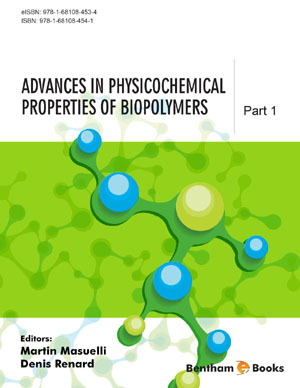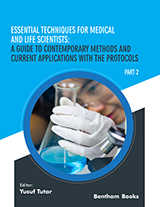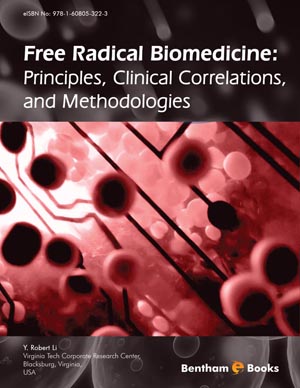Abstract
RT-PCR is a rapid and highly sensitive method to study the gene expression. RT-PCR includes the reverse transcription of RNA into cDNA and PCR. In RT-PCR, RNA is used as a template rather than DNA. Total RNA or poly (A) RNA can be used as a template for cDNA synthesis. RT reactions include primers (random primers/oligo dT/gene specific primers), reverse transcriptase and reaction buffers. RT-PCR can be performed either in one step or two step formats. In one step RT-PCR, reverse transcription and PCR were carried out sequentially in a single tube. However, in two step RT-PCR, RT reaction was performed separately, and one tenth of the RT reaction is used for PCR. In order to perform the semi-quantitative gene expression analysis, RT-PCR results will be subjected to the densitometry scanning and image J software analysis. RT-PCR is a powerful technique used in the various fields such as medical diagnostics, forensics and gene cloning. In this chapter, we have described the methodology, applications and the possible troubleshooting guide to be carried out during the RT- PCR experiment.
Keywords: Complementary DNA, DNase, Microarray, Nanodrop spectrophotometer, Nuclease free, Oligo dT, qPCR, RNA, Random primers, Reverse transcriptase, RNase, Reverse transcription, RT-PCR, RNA-Seq, TRIzol.

















